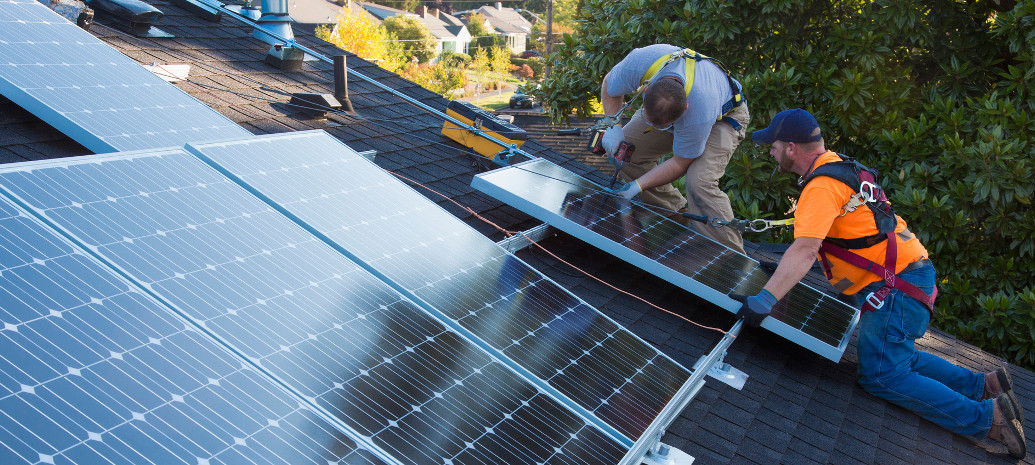A new study conducted by researchers at the Massachusetts Institute of Technology (MIT) suggests that tandem PV cells may become a viable option in the residential solar business, regardless of location, and despite their high costs.
Overall, the research group analyzed four different thin film PV technologies across three different types of environment in the United States: arid in Arizona; temperate in South Dakota; and humid in Florida.
In each of these environments, the scientists compared two kinds of single-junction solar cells – cadmium telluride, or CdTe, and copper-indium-gallium-selenide, or CIGS – with two different types of tandem cells – two-junction or four-junction. In particular, the researchers analyzed how a project’s levelized cost of electricity (LCOE) could be affected depending on whether overall energy prices remain constant or decline over time.
“For residential systems, we showed that the four-terminal tandem system [the most efficient solar cell available] was the best option, regardless of location,” said research coordinator, Sarah Sofia. For large-scale solar plants, the research authors found instead that the technology with the lowest production costs may represent the best deal.
“For me, showing that a four-terminal tandem cell had a clear opportunity to succeed was not obvious. It really shows the importance of having a high energy yield in a residential system,” Sofia further explained.
The findings of the study may be applicable for all kind of thin film solar technologies, the study’s authors conclude.
The UNSW is continuing its pioneering work in tandem PV cell research. UNSW professor Martin Green currently leads a team that is investigating the potential a “family” of semiconductors not presently applied to PV. If successful, Green believes efficiencies in advance of 30% are possible.
“I can see a natural progression to two-cells on silicon, and then you are looking at efficiencies in the mid-30% range for that type of cell,” Green told pv magazine. “So, I can see a natural evolution from where we are now to something well over 30% efficiency. But, first of all we have to find the right semiconductors to stack onto silicon.”
Edited and localised by Jonathan Gifford
This content is protected by copyright and may not be reused. If you want to cooperate with us and would like to reuse some of our content, please contact: editors@pv-magazine.com.









By submitting this form you agree to pv magazine using your data for the purposes of publishing your comment.
Your personal data will only be disclosed or otherwise transmitted to third parties for the purposes of spam filtering or if this is necessary for technical maintenance of the website. Any other transfer to third parties will not take place unless this is justified on the basis of applicable data protection regulations or if pv magazine is legally obliged to do so.
You may revoke this consent at any time with effect for the future, in which case your personal data will be deleted immediately. Otherwise, your data will be deleted if pv magazine has processed your request or the purpose of data storage is fulfilled.
Further information on data privacy can be found in our Data Protection Policy.